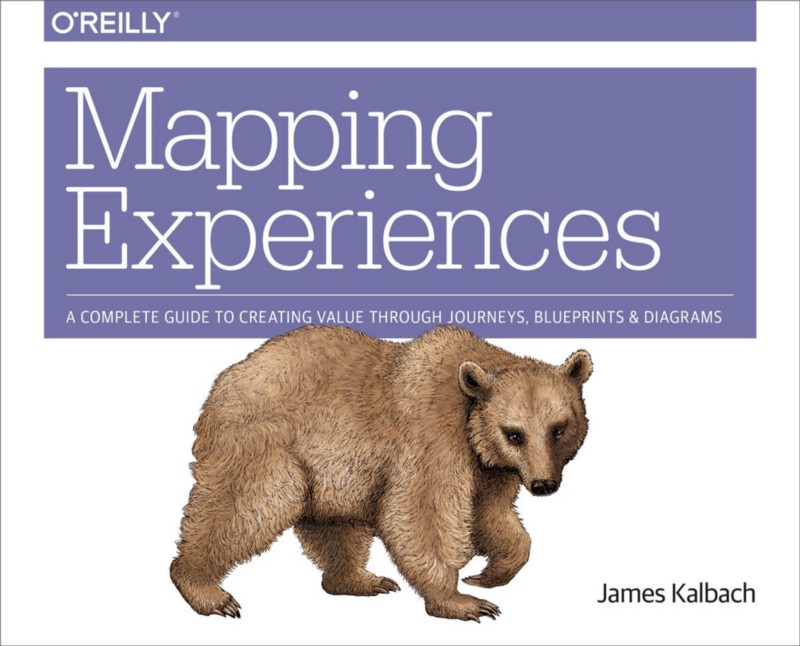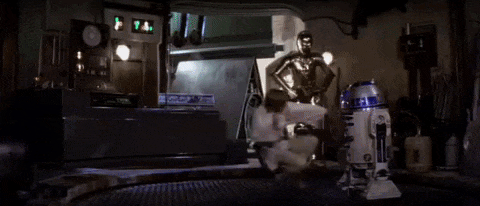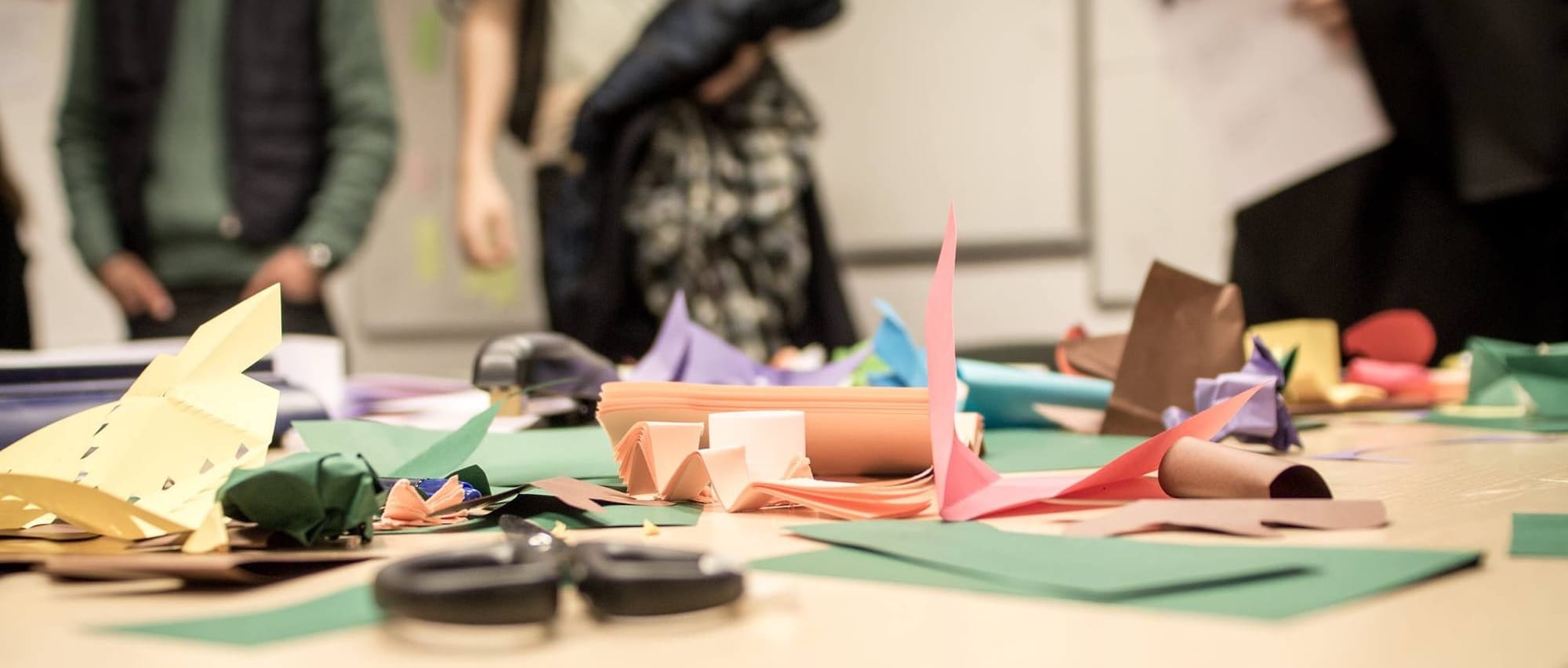
“Figure out what your product is and what your value chain is. Understand where those things touch important social needs and problems. If you’re in financial services, let’s think about ‘saving’ or ‘buying a home’ — but in a way that actually works for the customer.” — Michael Porter, in Creating Shared Value
Because it always begins somewhere…
A week ago, Human Centered Thinking has been successfully launched! It came out from a long reflection, years of hard work, and so many discussions about the value of practices such as User Experience Design and Design Thinking for businesses, startups and all type of organizations.
We aim to provide yet another point of view: we believe that Business, Design, and Technology –which are today’s pillars of any organizations– should all join forces to do what matters the most: answering people’s pains and enabling people to perform their goals, frictionlessly.
After all, what’s a business without people to interact, buy, and exchange with? What’s the point of building a piece of technology if there are no humans to benefit from it? What’s the purpose of designing a beautiful interface if it’s not usable and useful for users or customers?
In that respect, they should be treated not only separately but furthermore as a whole.
You Don’t Design Customers, You Understand Them (Or Not) — Alexander Osterwalder
Time to sharpen up our Human-Centric skills!
Hot Like a Fondue.
Our stories, served hot and creamy, just like a good Swiss Fondue! 🧀🇨🇭

When UX Means Innovation
Innovation, as many complex topics, has its own world of myths & beliefs and obviously, everyone has an opinion on it. However, latest business frameworks acknowledge the importance of proper user research at the beginning of the process. UX practitioners have relevant expertise in this field and can definitely help businesses generate innovative solutions.

Companies, Startups & Business: Map Your Experiences
Today it’s still easy to watch so many businesses more keen to find circumstantial justifications to not improve their experiences than trying to be objectively critic toward what they do (aka investing into UX, user research, etc.).
Blindness toward users’ pains (or experience’s frictions) is probably the most widespread plague within companies
However, you can act upon it! One key approach to increase awareness and promote change is by mapping the current company’s experience, therefore exposing what works and what doesn’t.

Improving The Human Experience Of Public Organizations
We all suffer from systems that deliver truly poor experiences. Systems developed by public institutions. Systems that, for administrative or technical or legal purposes, have been de-humanized. it’s not about technology or digital transformation. It’s about how at its core, people think about what they do, how they do it and for whom they do it.
What if someone has told them that there are approaches that guarantee more success in behavior change and provide real benefit to the human experience?

On Myths & Beliefs in Business — Part 1: Humans are Rational Beings
One recurrent argumentation during within organization is that people are rational beings: if they are exposed to a choice between two products, for instance, they will always make a rational decision based on facts.
This popular belief amongst businesses is the root of many misunderstanding about the role of Psychology and UX…
Just. Read. It.
Our sweet selection of books and articles. 📖
Just like chocolate, once you start you wish to never stop! 🍫

Mapping Experiences: A Complete Guide to Creating Value through Journeys, Blueprints, and Diagrams
By James Kalbach.
What: This practical book shows how to use alignment diagrams to turn valuable customer observations into actionable insight.
Why: Maps and Diagrams are powerful tools, yet often overlooked or little-known, despite being truly accessible to anyone keen to improve its company’s experience.
Thank You For Your Support!
We believe that Business, Design, and Technology should all join forces to do what matters the most: answering people’s pains. This is where innovation lies!
Thanks for helping us share this message of hope and for supporting us!

Don’t hesitate to clap, share, and comment. See you soon for more stories and adventures 🙌
Cheers!












Discussion